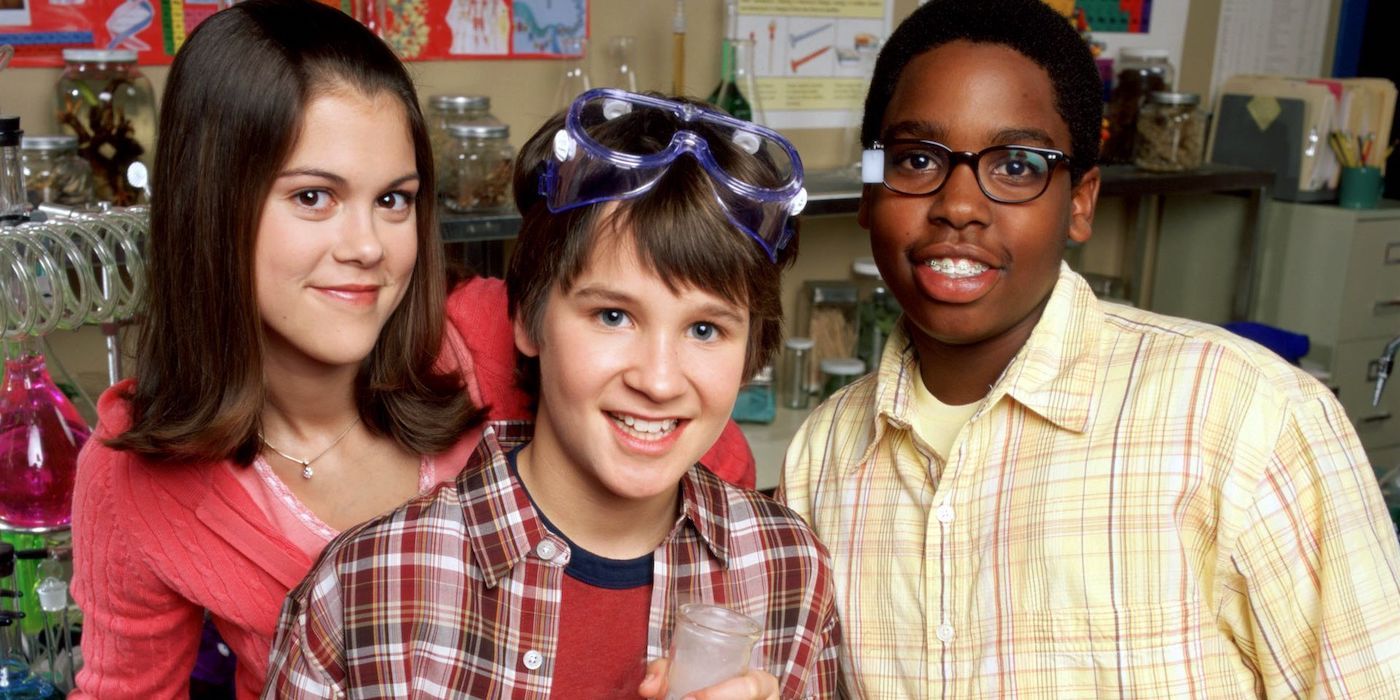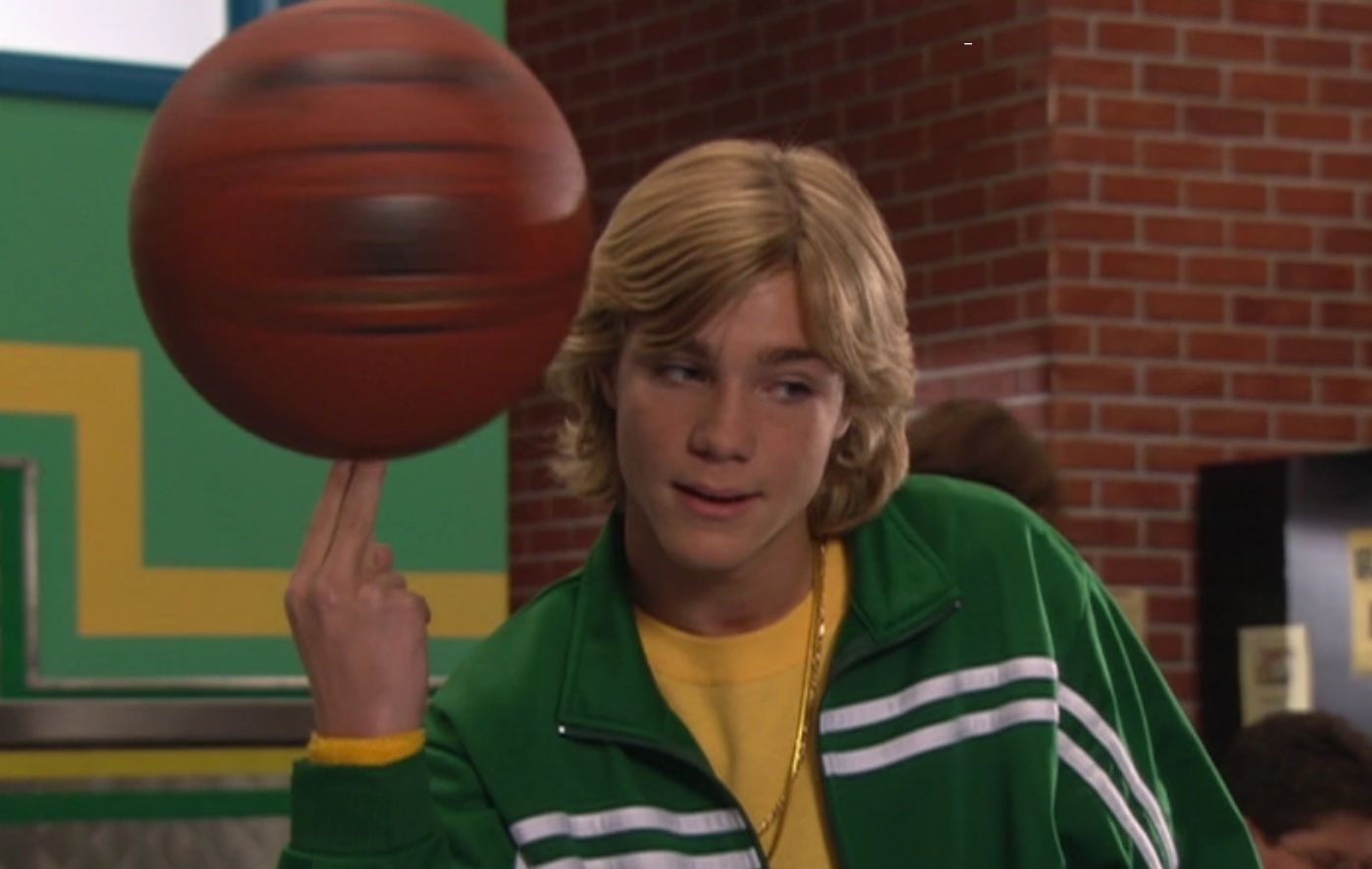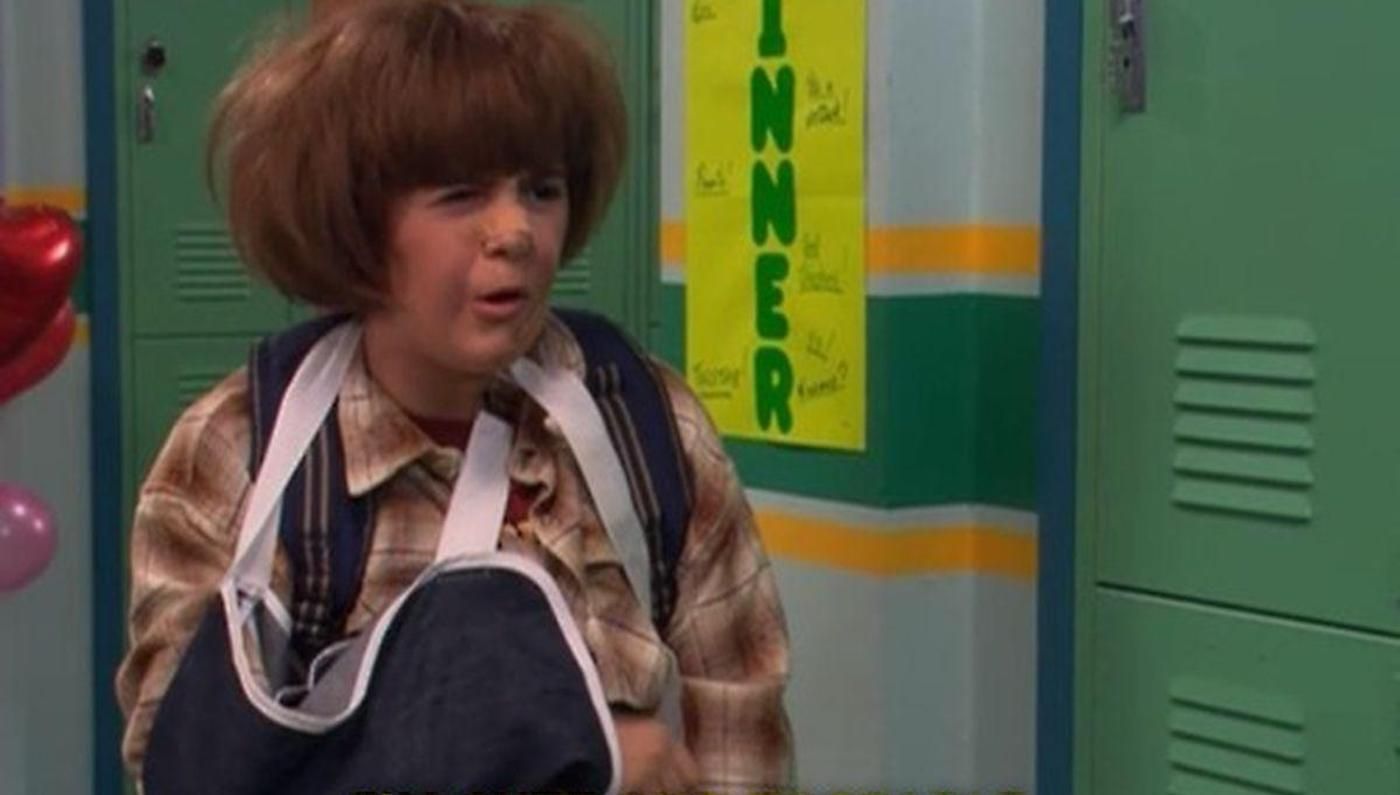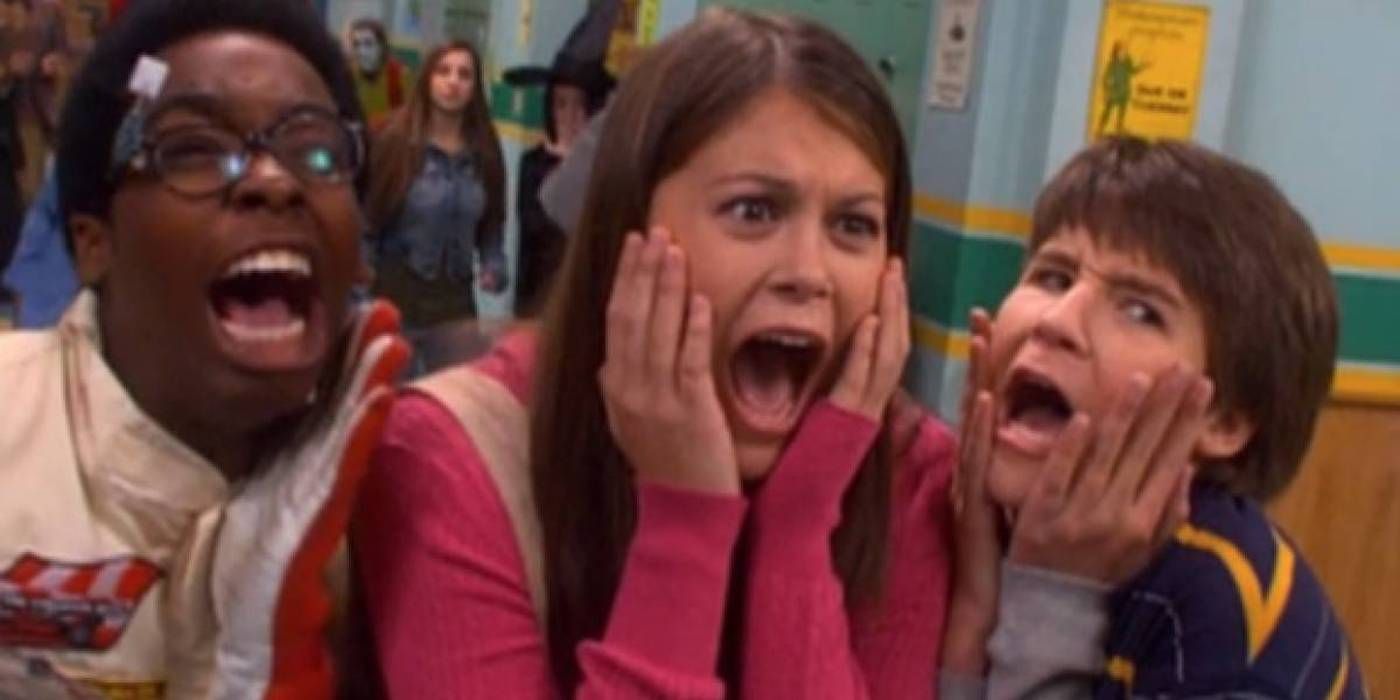There are those who feel that, for a work of fiction to be relatable, it’s almost essential that it also be reflective of the audience. They want characters who share their age and background, live in their time, and occupy familiar settings. It’s why some prefer their Batman realistic. It's why a member of my family turns their nose up at Mary Poppins, a film I always thought was impossible for anyone except P. L. Travers to dislike. And it's why some teenagers go for films and shows set in school, be it Bayside High School from Saved By the Bell, Degrassi Community School from the Degrassi franchise, or James K. Polk Middle School from Ned's Declassified School Survival Guide.
Worlds loaded with magic, high technology, eldritch creatures, antiquated architecture, and incorporeal intelligent forces have always been more of a lure to me than contemporary settings, and such worlds lend themselves to populations of larger-than-life characters that we real-life mortals could never match, only aspire to be. For how divorced such people and places are from our world, I find it easier to relate to fantastic fiction than its realistic cousins.
The teenage years were when I first became consciously aware of this attitude, which reared its head whenever I watched a TV show set primarily around high school. That word “primary” is a key distinction because there were shows I loved, like Kim Possible and Danny Phantom, that did have high school settings, but that was a secondary element to adventure and fantasy (and almost always my least favorite part of any given episode). But whenever I encountered something that led with school, whether it was a comedy or drama, it was always the same experience: I could only get so far in before getting annoyed by the clichés that popped up, again and again, clichés that bore so little resemblance to my own school experience that I wondered where the hell they came from more than I considered the plots.
There were no fleets of jocks roaming the hallways in letter jackets, no ditzy blonde cheerleaders who were always in uniform and performance mode. Nerds didn’t wear pocket protectors and rattle off calculations, and bullies didn’t wear leather jackets. The whole idea of there being rigidly segregated cliques based around electives, fashion, or grades had almost no basis in reality, nor did the oversized role school seemed to play in every character’s life, for good or ill. And when so many of those characters were insipid stereotypes, it was hard to find them relatable, enjoyable, or anything else but obnoxious. More than likely, I steered away from better examples of the genre because my initial experiences were so poor, and because it wasn’t an area of fiction that held much interest for me in the first place.
But there are exceptions to every rule, including the one about the inanity of high school shows, and Ned’s Declassified School Survival Guide was a remarkable one. It was exceptional in one way on a technicality; it took place in middle school, not high school; but with the types of stories told, there was no practical difference. At first glance, there wouldn’t seem to be any practical difference in any other respect with a typical school show of Ned’s era either. Centered around the titular Ned Bigby’s (Devon Werkheiser) quest to write a comprehensive guide through the middle school experience, the show had dumb jocks in school colors, dumb bullies in leather jackets, standard-issue nerds, stock plots, and virtually no life for the cast outside the halls of James K. Polk.
It's in the details that Ned’s stood out, with three key details making the most difference. The first was a matter of tone. Ned’s was live-action, but its creator Scott Fellows got his start as a writer in animation, and the writing and performances on Ned’s bore more resemblance to a cartoon than other school sitcoms. It was arguably more cartoony than the likes of As Told by Ginger and other cartoons on Nickelodeon at the time. Ned’s was consistently outlandish and light-hearted. Not once did it attempt a dramatic turn, whether for a brief moment or for a “very special episode;” it was always fun. And the cartoony nature of the series pushed the stereotypes it made use of into the realm of parody. Ned’s was never mean-spirited in making fun of well-worn genre conventions. Still, when science teachers go around in lab coats, bullies get a ridiculous guitar sting, and cyber-nerd Cookie (Daniel Curtis Lee) goes so far as to build printers into his pants and virtual displays into his glasses, it’s impossible to take the clichés seriously or be annoyed by them.
The second key detail of Ned’s was its quirks, those individual flourishes that weren’t an exaggeration or spoof on what came before. I don’t know of any other school show to make woodshop such a prominent elective, but it was the favorite class of Moze (Lindsey Shaw). While there was at least one vintage pocket protector nerd, Cookie’s cybernetics set him apart, and the school was populated by unique oddballs more than stereotypes. There was Coconut Head, the screamer with the awful haircut; Claire Sawyer, future lawyer; Vice Principal Crubbs, trapped by the fashions and attitudes of a certain 80s cop show; and the weasel who ran loose in the school. He was perpetually hunted by Gordy the janitor, a terrible cleaner but a friendly confidante for Ned and his friends. Elements like these only added to the cartoony veneer of Ned’s. Yet the curious thing about the series, and the final detail that set it apart, was the way all these pieces came together and evolved over three seasons. Within its silly, quirky framework, Ned’s managed more gradual and – dare I say – relatable character development than more superficially realistic shows.
The development wasn’t always a major shift. It wasn’t always realistic. It wouldn’t have been keeping with the tone of the series if characters didn’t grow along cartoony lines. Ned was relatively strait-laced in the first season, the personable author of the guide who regularly addressed the audience directly. He retained the latter trait until the end, but he became more of a C-student prone to extreme problem-solving efforts before muddling his way to a sensible tip to pass on. Cookie acquired a penchant for ridiculous alter egos and a shallow streak. And Moze’s competitiveness and tomboy traits became building blocks to a fierce temper and a fear of failure. Those may not be positive developments – but isn’t that how things go during school years?
It's not as if there wasn’t positive growth either. Many of the secondary characters flourished in the later seasons. One of the bully’s henchmen became an expert seamster, the initially evil Mr. Sweeney became one of the most supportive teachers, and surprising romances paid off between bullies and rivals. And the main cast picked up good along with the bad. Cookie’s shallowness was something he owned up to and could conquer (at least for the length of an episode). Moze learned not to overreact to failure, and her temper sometimes aided her in keeping the boys in line. Her and Ned’s stumbling into a first romance was, like so many things about the show, a tired old plot made fun again through careful handling.
As for Ned himself – being more of a bumbler than a naturally gifted problem solver made those tips he presented feel more earned, sometimes the hard way. And that’s the sort of human anchor in an otherwise wild premise I’ll bond with over any play at realism for the sake of relatability.




